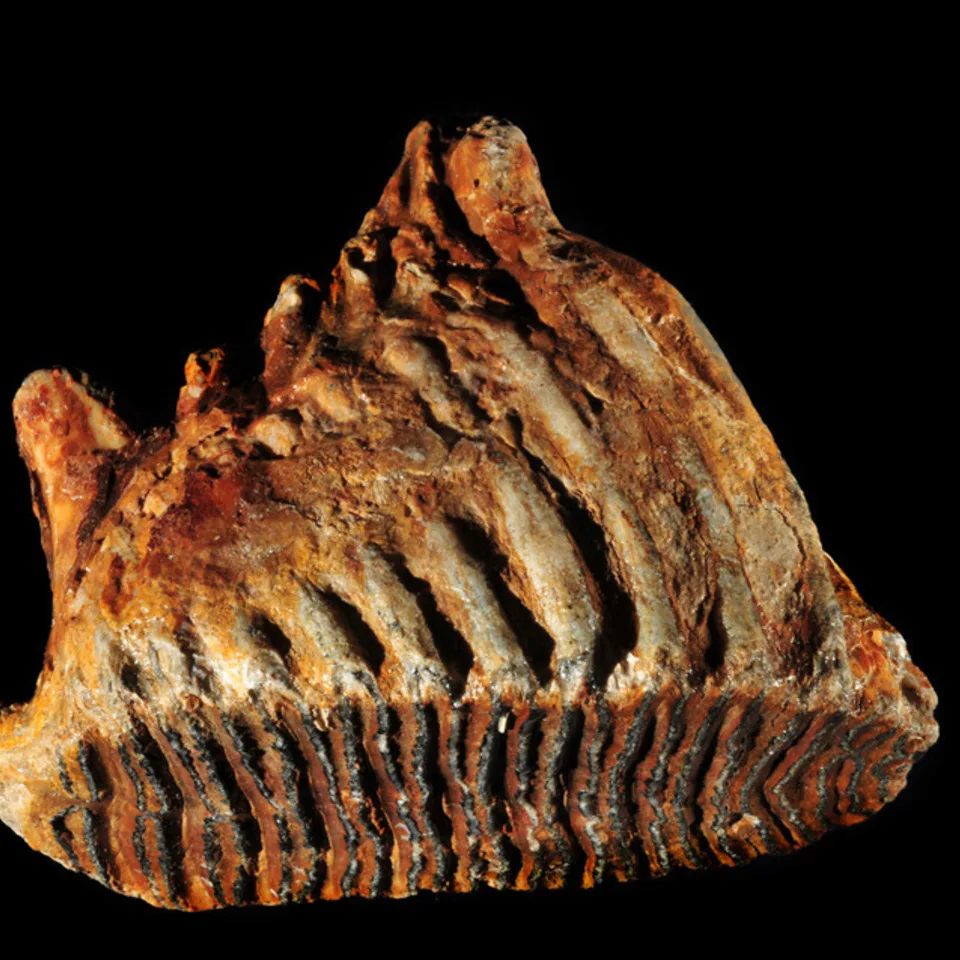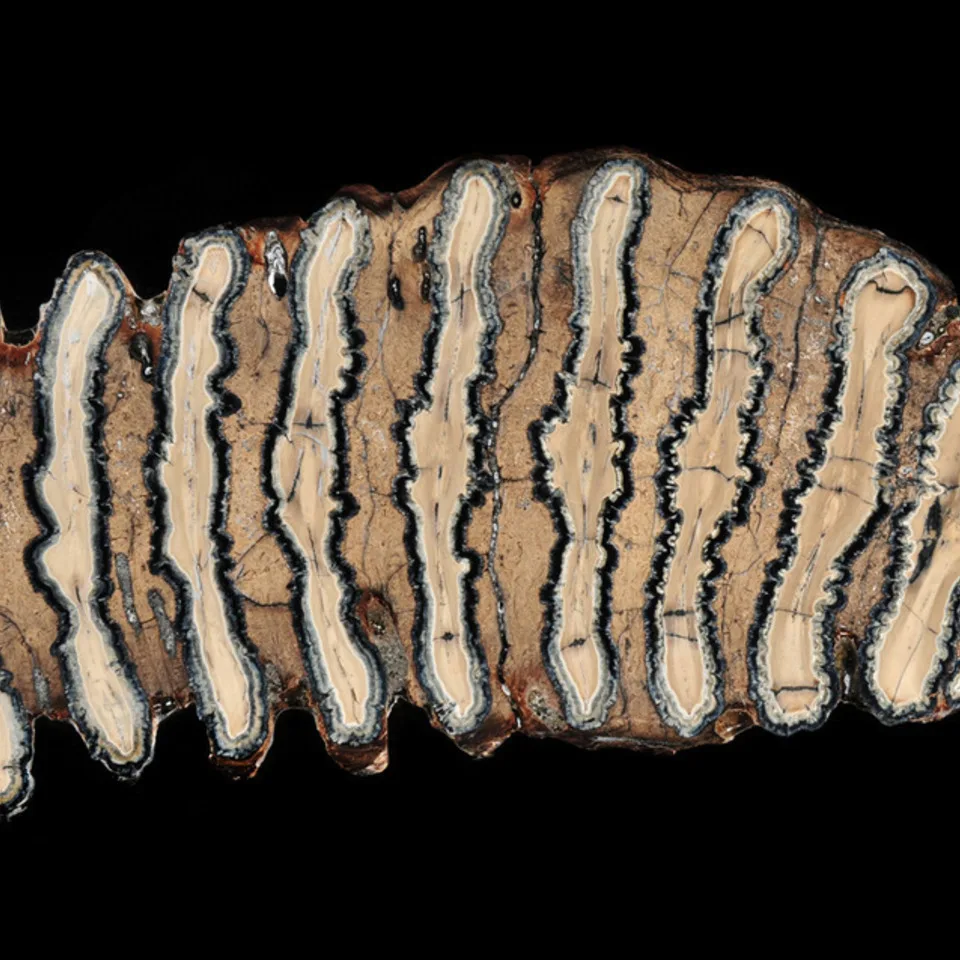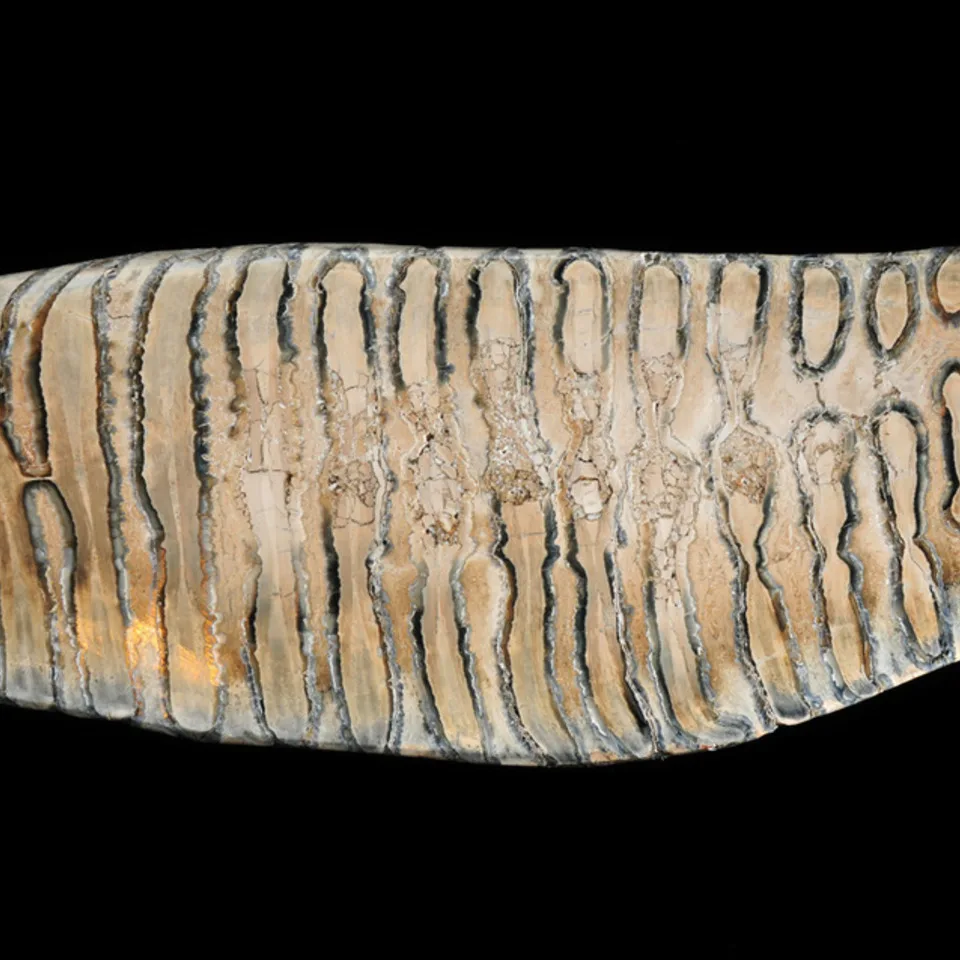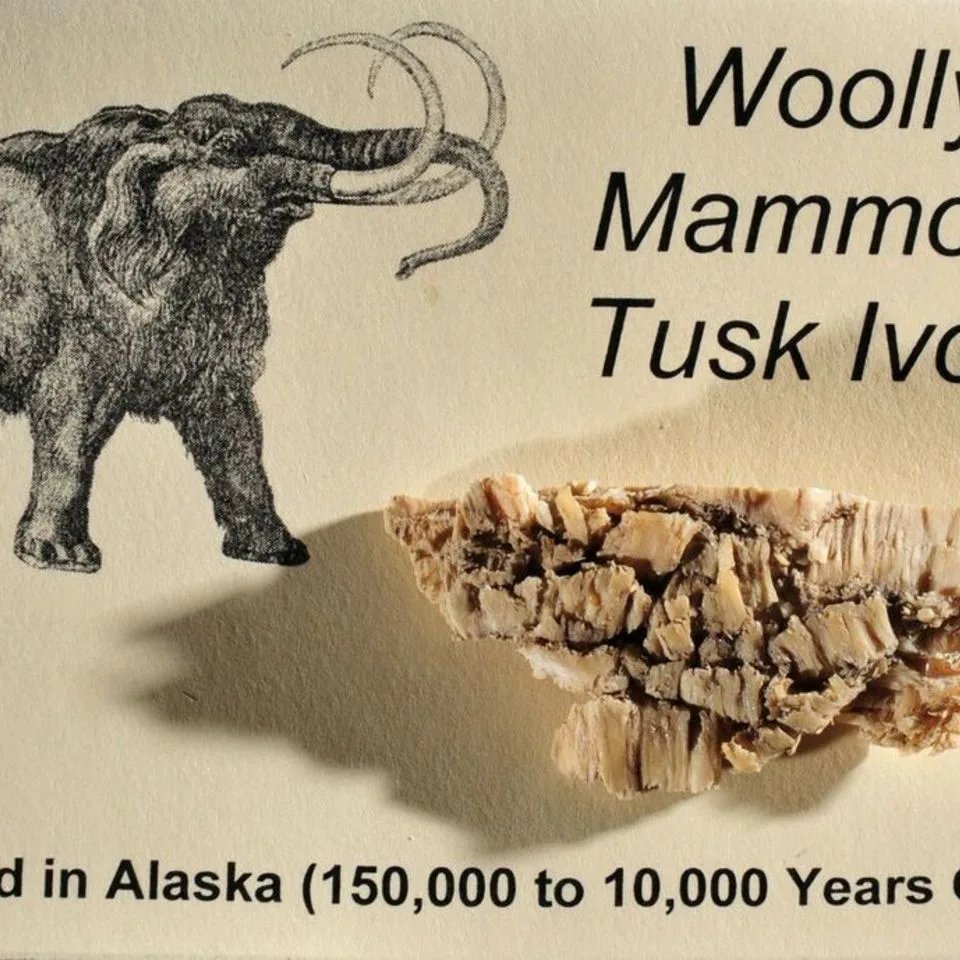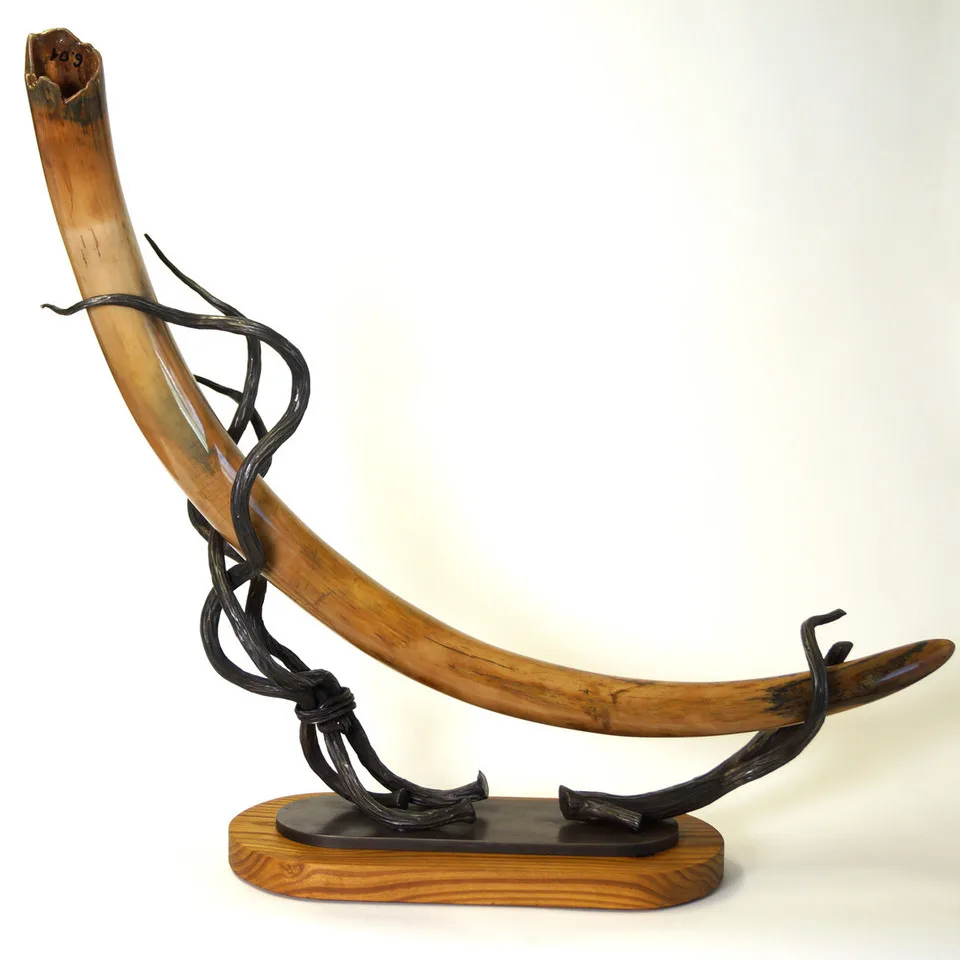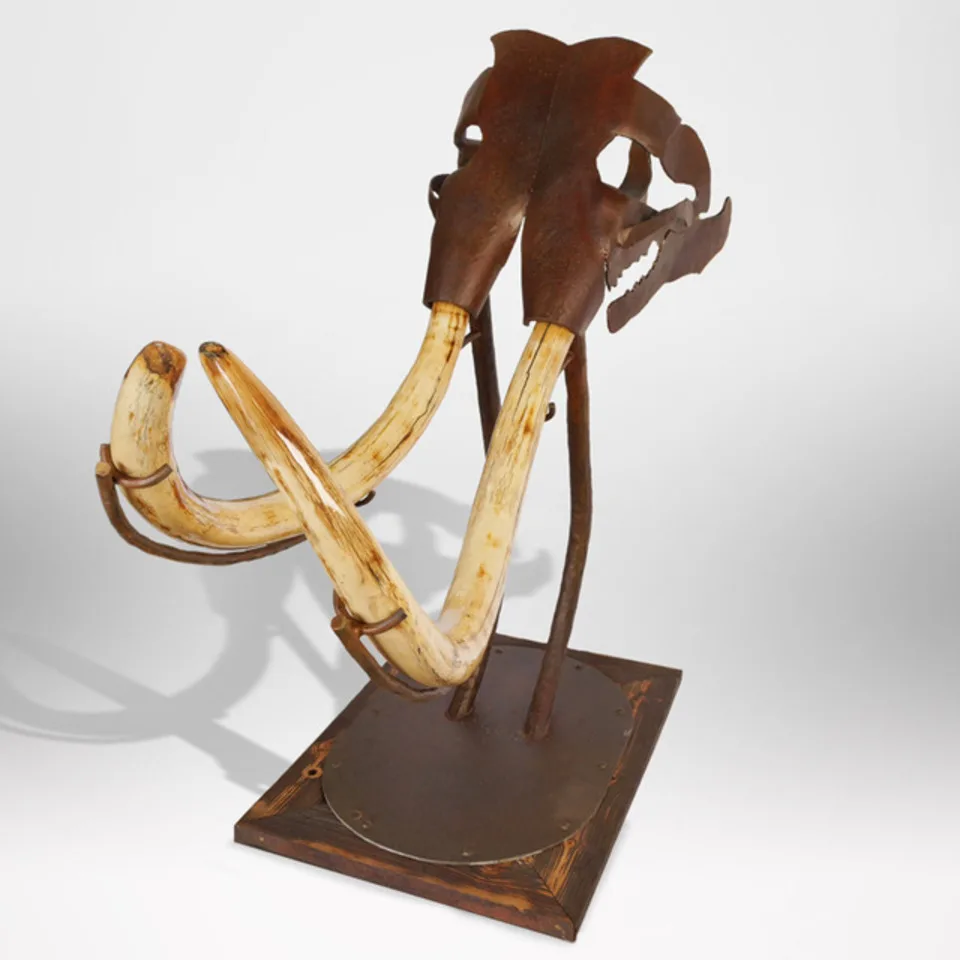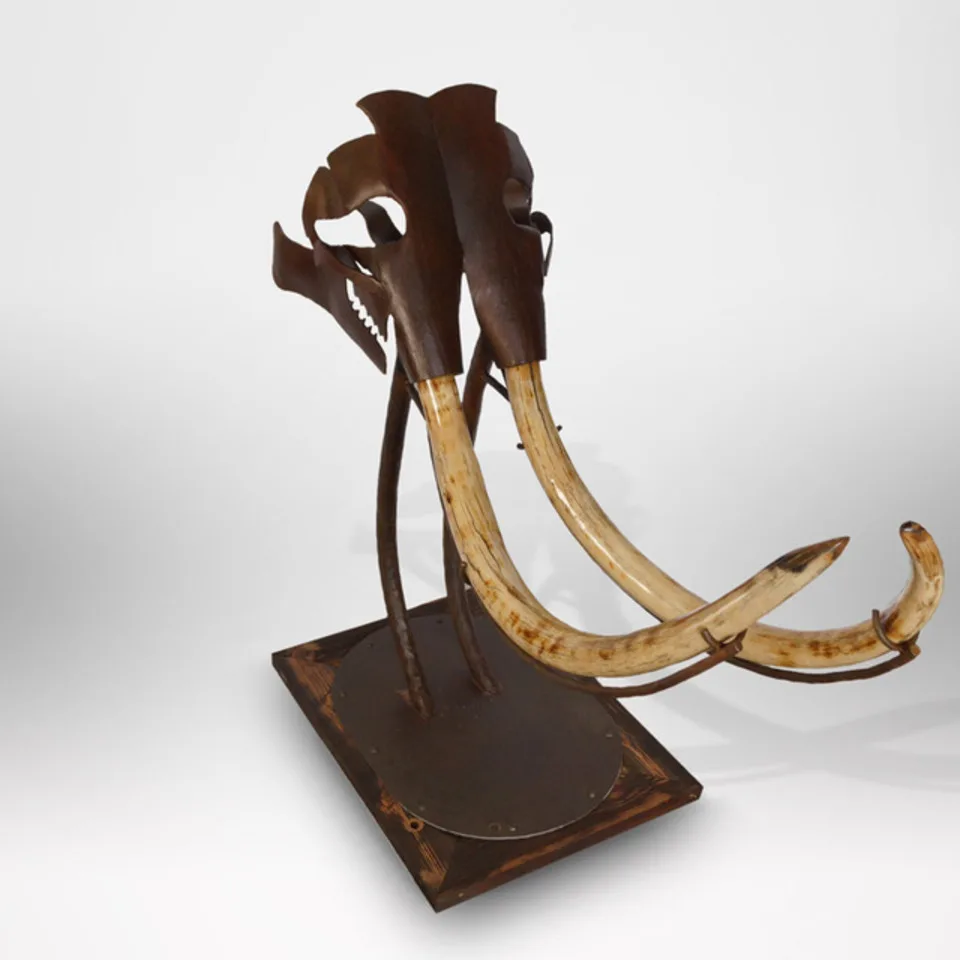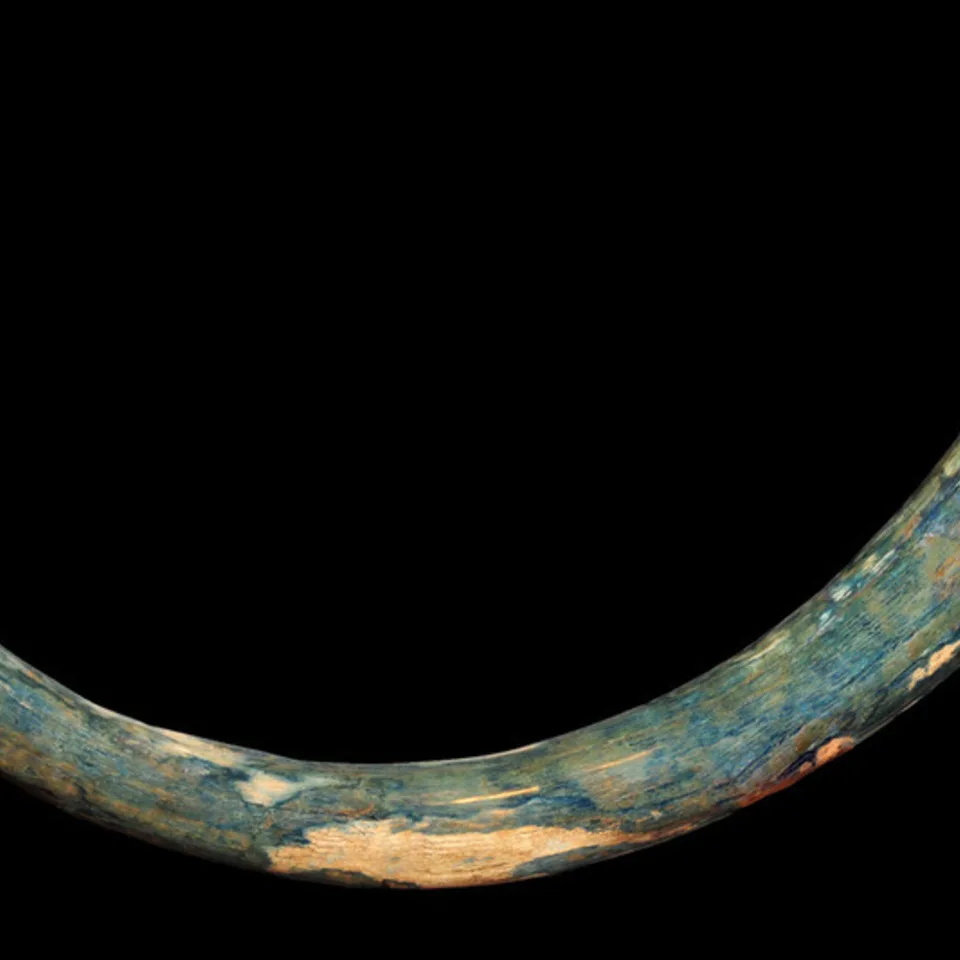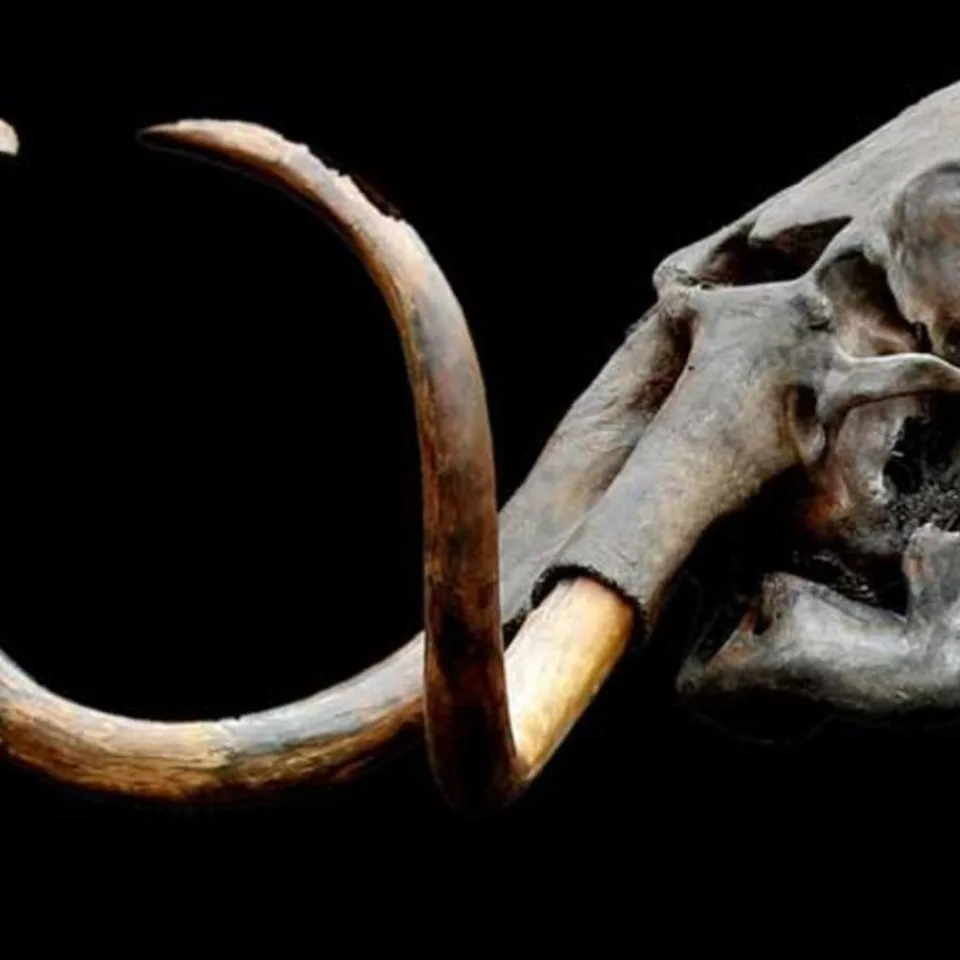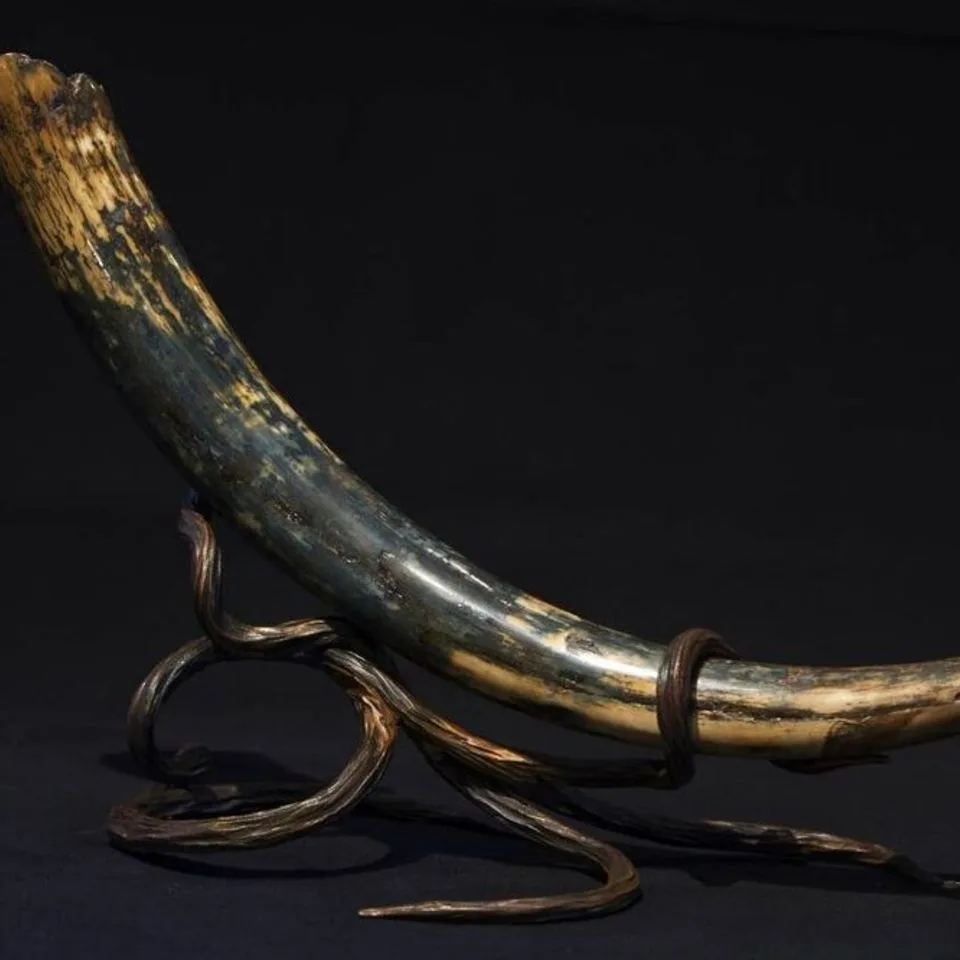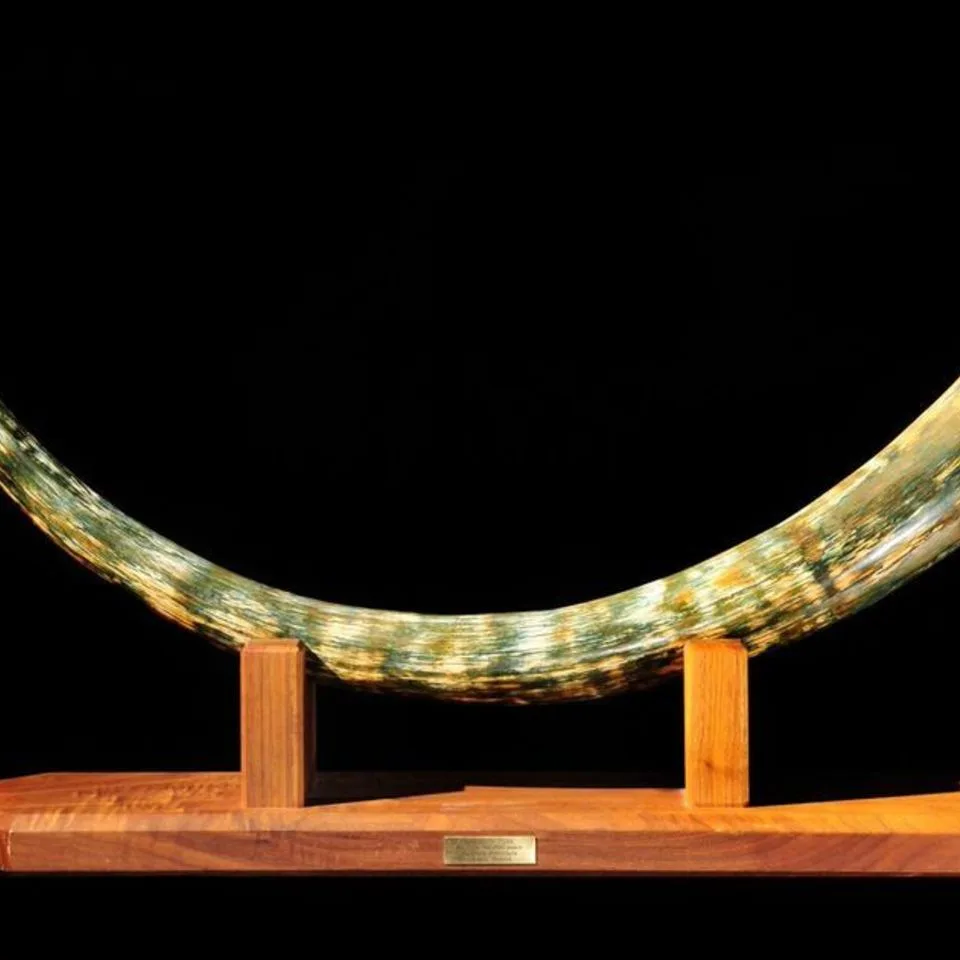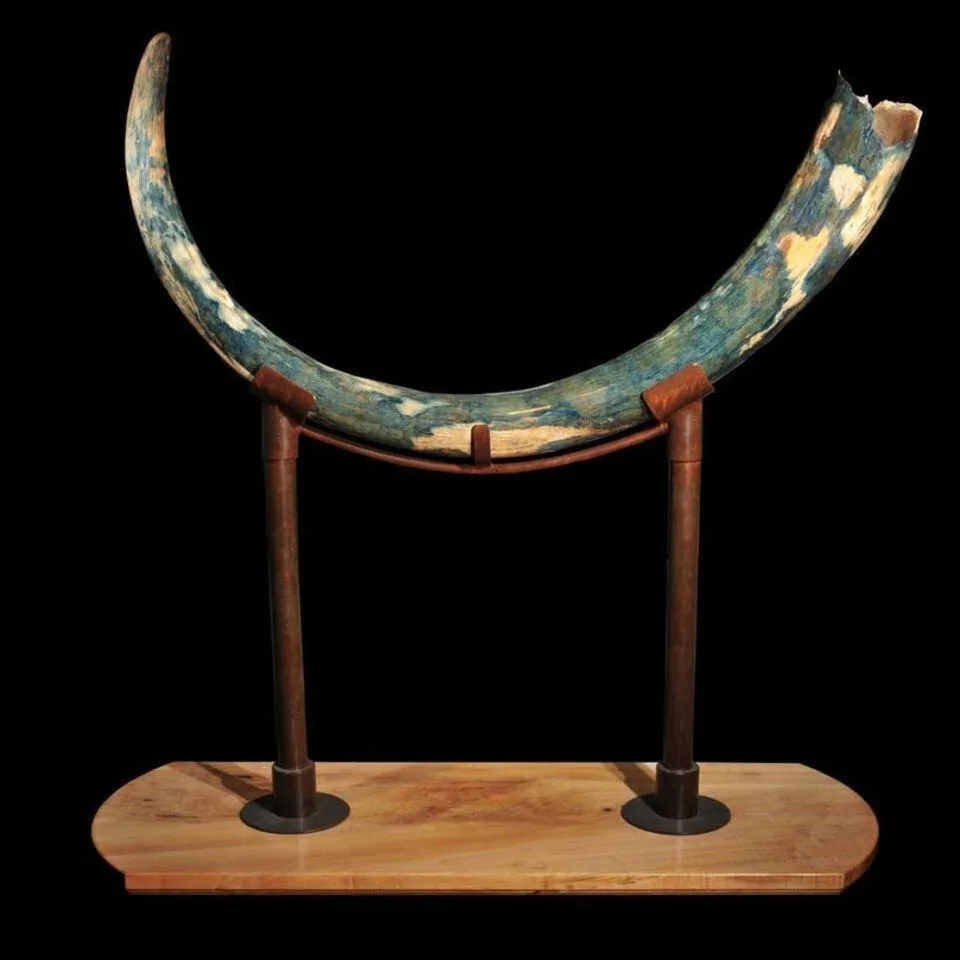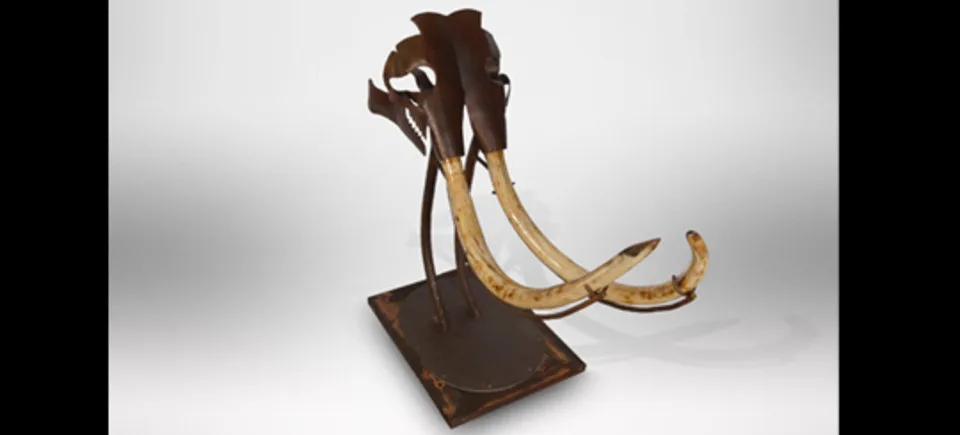Woolly Mammoth- Mastodon
The woolly mammoth (Mammuthus primigenius), also called the tundra mammoth, was a species of mammoth. This animal is known from bones and frozen carcasses from northern North America and northern Eurasia with the best preserved carcasses in Siberia. They are perhaps the most well known species of mammoth. It disappeared from most of its range at the end of the Pleistocene (10,000 years ago), with an isolated population still living on Wrangel Island until roughly 1700 BC. Woolly mammoths are common in the fossil record.
Unlike most other prehistoric animals, their remains are often not literally fossilised – that is, turned into stone – but rather are preserved in their organic state. This is due in part to the frozen climate of their habitats, and to their massive size. Woolly mammoths are therefore among the best-understood prehistoric vertebrates known to science in terms of anatomy.
Woolly mammoths were not noticeably larger than present-day African elephants. Fully grown mammoth bulls reached heights between 2.7 m (9 ft) and 3.2 m (10 ft) while the dwarf varieties reached between 1.8 m (5.9 ft) and 2.0 m (6.6 ft). Woolly mammoths had a number of adaptations to the cold, most famously the thick layer of shaggy hair, up to 1 meter in length, with a fine underwool, for which the woolly mammoth is named.
The coats were similar to those of musk oxen, and it is likely mammoths moulted in summer. They also had far smaller ears than modern elephants; the largest mammoth ear found so far was only 30 cm (12 in) long, compared to 180 cm (71 in) for an African elephant. Their skin was no thicker than that of present-day elephants, but unlike elephants, they had numerous sebaceous glands in their skin which secreted greasy fat into their hair, improving its insulating qualities.
They had a layer of fat up to 8 cm (3.1 in) thick under the skin which, like the blubber of whales, helped to keep them warm. Similar to reindeer and musk oxen, their haemoglobin was adapted to the cold, with three genetic mutations to improve oxygen delivery around the body and prevent freezing. Other characteristic features included a high, peaked head that appears knob-like in many cave paintings, and a high shoulder hump resulting from long spinous processes on the neck vertebrae that probably carried fat deposits.
Another feature at times found in cave paintings was confirmed by the discovery of the nearly intact remains of a baby mammoth named Dima. Unlike the trunk lobes of living elephants, Dima’s upper lip at the tip of the trunk had a broad lobe feature, while the lower lip had a broad, squarish flap. Their teeth were also adapted to their diet of coarse tundra grasses, with more plates and a higher crown than their southern relatives.
Woolly mammoths had extremely long tusks — up to 5 m (16 ft) long — which were markedly curved, to a much greater extent than those of elephants. It is not clear whether the tusks were a specific adaptation to their environment; mammoths may have used their tusks as shovels to clear snow from the ground and reach the vegetation buried below.
This is evidenced by flat sections on the ventral surface of some tusks. It has also been observed in many specimens that there may be an amount of wear on top of the tusk that would suggest some animals had a preference as to which tusk on which they rested their trunks.
Most woolly mammoth populations disappeared during the late Pleistocene and early Holocene, likely due to the combined effects of climate change and hunting by humans.
MAMMOTH AND MASTODON FOSSILS FOR SALE
